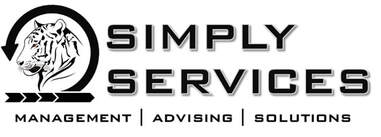|
As time passes new concepts will come up. There has been talk of data science recently. What is data science? It is the use of math, statistics, predictive analytics, data mining and other recognized methods to get insight from data. Some argue that data science is just a term for business analysis.
Our firm has merged this and technology with our financial/accounting to create a form of financial data science. We are not only trying to bring accounting and analysis into the 21st century but increase the value it can provide. Using data science allows us to see trends and give more of a forward view as opposed to the traditional historical view provided by accounting or bookkeeping. But how is data turned into insights? First we have to start with raw data. This is all data generated by day to day activity. Most systems have a database behind the scenes that keeps the raw data, the program merely presents that data in a format that is easy to read and understand. But even though the data resides in the table, it usually needs to be cleaned and tagged. How can data be dirty? Some software designers and programmers may not anticipate all analysis needs and may have a text box where different words or spellings may be entered by users. These may need to be cleaned and made uniform. Tagging the data may also be needed. If the system can extract data by location but does not add that piece of information, then attempting to analyze transactions by location will be impossible. Once data is cleaned and tagged, it can be analyzed. While there are many programs and applications that can be used to analyze data, using some of the features within the spreadsheet software like Excel can help to create consolidated tables, graphs or other analytical tools. Insights can be derived from historical activity and trends. These historical trends can then be used to help predict or forecast future events. For example businesses have seasonality in their annual activity. While the dollar amounts may rise or decline, they will follow a familiar pattern. These trends can be used to create budgets or financial forecasts. But understanding the data can also help in developing business models that allow you to see the impact of business decisions or changes to your business model to future financial results. Whether you believe data science is new or a rehash of an older concept, there is no question that it's application can help any business to make better informed business decisions. Better decisions means better outcomes and for small businesses this could mean a great deal. Thanks for your interest and we hope to continue to have meaningful conversations.
1 Comment
|
Archives
November 2020
Categories
All
|


 RSS Feed
RSS Feed